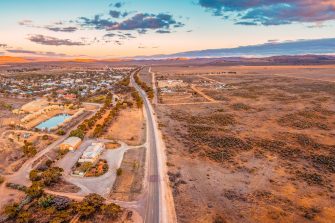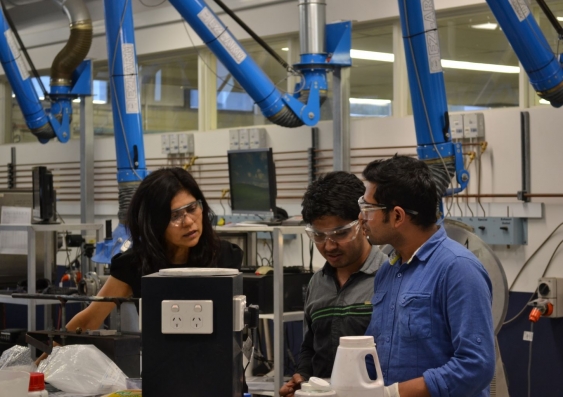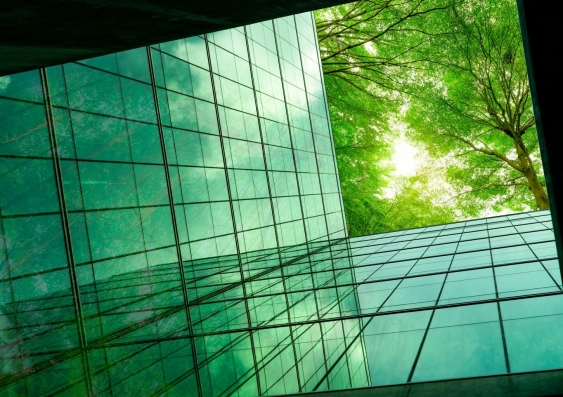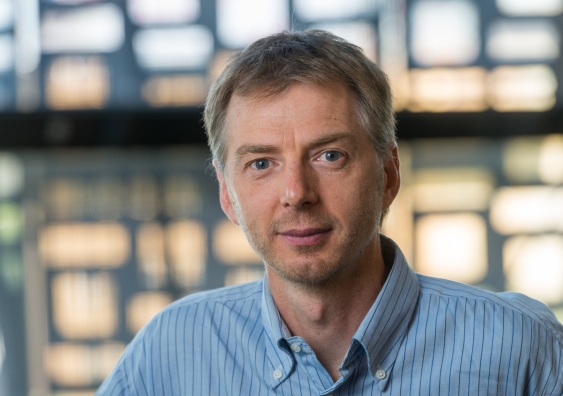UNSW-led recycling and clean energy innovation program unveils first projects
2024-03-05T14:45:00+11:00

The program includes a project led by UNSW researchers demonstrating to potential partners methods to create energy from waste in environments where water is scarce.
Photo: Adobe Stock
The Trailblazer for Recycling and Clean Energy (TRaCE) scheme boasts $117 million in industry co-funded R&D projects in its first year.
Hydrogen produced from seawater and ‘green ceramics’ created out of textile waste are just two among more than a dozen innovations being developed under the TRaCE program designed to accelerate the commercialisation of research and deliver skills for a circular, clean energy economy.
UNSW Sydney is working in partnership with the University of Newcastle (UoN) on the program. The two universities have been collaborating closely with industry partners since being awarded $50 million in funding under the Australian government’s Trailblazer program in 2022.
A showcase of the TRaCE projects held in Sydney on 5 March revealed a range of disruptive new technologies that are being brought to market.
The Assistant Minister for Education, Anthony Chisholm, who spoke at the launch of the TRaCE showcase, said the program would contribute to the creation of 5200 regional jobs and boost the economy by up to $15 billion over the next 20 years.
“TRaCE’s projects will help Australia and the world find new and effective ways to transition to sustainable recycling and clean energy solutions and systems,” Mr Chisholm said.
Professor Nicholas Fisk, UNSW Deputy Vice-Chancellor, Research and Enterprise, said the success of TRaCE pointed to the huge value-add of industry, universities and government working together on research commercialisation.
“It is clear that the work coming out of TRaCE will be a significant contributor to achieving net zero by 2050. At UNSW as at UoN, we are at the forefront of supporting researchers in collaborating closely with industry to create and bring to market innovative technologies of long-run societal benefit, both quickly and efficiently,” Prof. Fisk said.
TRaCE-supported innovations
Green ceramics
Working with UNSW Scientia Professor Veena Sahajwalla, a TRaCE supported R&D project with Kandui Technologies is creating safe and sustainable bio-composites from waste textiles and mattresses, ‘green ceramics’, that can be used as alternatives to cut stone in kitchen benches and construction products.
“Our proven success in transforming other problematic waste into valuable source material for engineered products paved the way for our collaboration with Kandui,” says Prof. Sahajwalla.
“Using science and our revolutionary MICROfactorie waste-to-product technology, our engineers were able to develop a new generation of high performance, non-toxic, engineered bio-composites that can be used in buildings, as furniture and for various architectural and decorative applications.
“What is especially exciting is that these Green Ceramics we have created from textile waste found in mattresses are providing a use for products that were not previously used in recycling due to contamination and material complexity,” she added.
The TRaCE support will help scale the manufacturing of this product, and diversify the product offering while exploring additional waste streams as inputs.
At UNSW as at UoN, we are at the forefront of supporting researchers in collaborating closely with industry to create and bring to market innovative technologies of long-run societal benefit, both quickly and efficiently.
Seawater hydrogen generation
Vecor Technologies is exploring advanced materials research and systems for hydrogen generation as part of the TRaCE program.
This includes research into improved processes for producing hydrogen from seawater, as a valuable resource for commercially viable renewable hydrogen generation.
Current technologies for hydrogen production using seawater require the use of expensive membranes to separate dissolved ions from seawater and produce pure water before splitting can take place.
Using dedicated research laboratories established by Vecor for research and product development in this field, UNSW’s Professor Charles Sorrell, Dr Yue Jiang, Associate Professor Pramod Koshy and Dr Sajjad Mofarah have developed novel catalytic materials for seawater splitting providing a safer means of hydrogen production.
Their process avoids the creation of highly toxic and corrosive chlorine gas ‒ previously a major disincentive into research into seawater splitting ‒ and also the generation of oxygen, preventing the danger of hydrogen and oxygen forming an explosive mixture.
“With the demand for hydrogen as a clean-burning energy resource growing exponentially, developing a competitive technical solution to seawater splitting will benefit the environment while creating jobs and investment opportunities for Australian and international energy providers,” said CEO Mark Ramsey, whose expansion into the clean and renewable energy sector is supported by the Trailblazer for Recycling and Clean Energy.
Renewable hydrogen
Professor Rose Amal, Associate Professor Jason Scott and their teams at UNSW are looking to demonstrate renewable hydrogen from waste techniques that can provide a viable waste-to-energy system to overcome water scarcity and waste management in remote areas.
“A distinct advantage of our technology is how it can overcome the need for a clean water source to produce renewable hydrogen through electrocatalytic water splitting,” says A/Prof. Scott, noting that the demand for clean water for drinking and agricultural purposes is high in many regional and remote communities that often experience drought.
“If we can use a waste stream to generate hydrogen in place of the clean water, we can distribute electrocatalytic water splitting for clean energy in various locations, including in those that are remote or subject to arid weather conditions. A further benefit is waste stream management.”
There is great potential for this research to benefit communities worldwide who could use their waste streams as a local resource to produce clean energy in the form of renewable hydrogen.
Building an ecosystem for the recycling & clean energy sector
In addition to the existing co-investments in R&D Projects, TRaCE will deploy an additional $67 million in transformative programs including R&D support, startups and SMEs funding, and education and skills training programs focused on supporting the development of critical skills and jobs required in the emerging energy economy.
“TRaCE’s mandate is to transform how universities work with industry to translate research into commercially viable products, in addition to building the skilled workforce required,” says Executive Director Emmanuel Mastio.
“We are extremely focused and will deploy our resources around core technologies promising the highest greenhouse gas emissions avoidance. This means treating technologies as ecosystems and strategically co-funding companies to build a critical mass in supply chains.”
Information on all programs can be found at trace.org.au.
Media enquiries
For enquiries about this story and interview requests please contact Samantha Dunn, UNSW Sydney External Engagement.
Phone: +61 2 9385 2864
Email: samantha.dunn@unsw.edu.au










